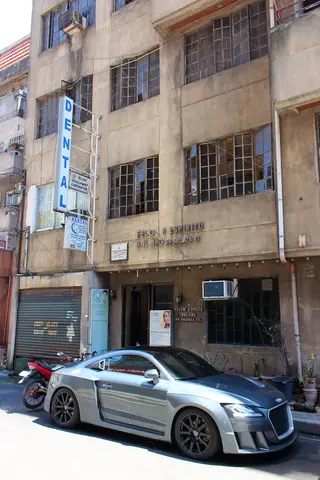
The herfindahl-hirschman index
The Herfindahl-Hirschman Index
The Herfindahl-Hirschman Index (HHI) is a device for estimating the degree of concentration in a particular market.
The HHI is calculated by adding up the squared market shares of firms in a given market. For example, for a market with 5 firms, with market shares of 30%, 25%, 20%, 15% and 10%, the HHI would be:
302 + 252 + 202 + 152 + 102 =
900 + 625 + 400 + 225 + 100 = 2250
The maximum level of concentration would be for a pure monopoly, which has an HHI score of 10,000 (1002). Typically, agencies which use the HHI consider a figure of between 1,500 and 2,500 to indicate a ‘moderately concentrated’ (as the example above) and when the HHI is above 2,500 the market is ‘highly concentrated’.
-
Read more on market concentration
For example, the HHI for mobile phone operators in the UK in 2009 was 1794 and rose to 2,845 by 2016. Despite the fact that this is relatively low*, and very similar to the USA, it clearly indicated increased concentration in the UK over the period in question.
* Germany 3413, Japan 3536, Australia 4015 and China 4746 (2016 figures).


